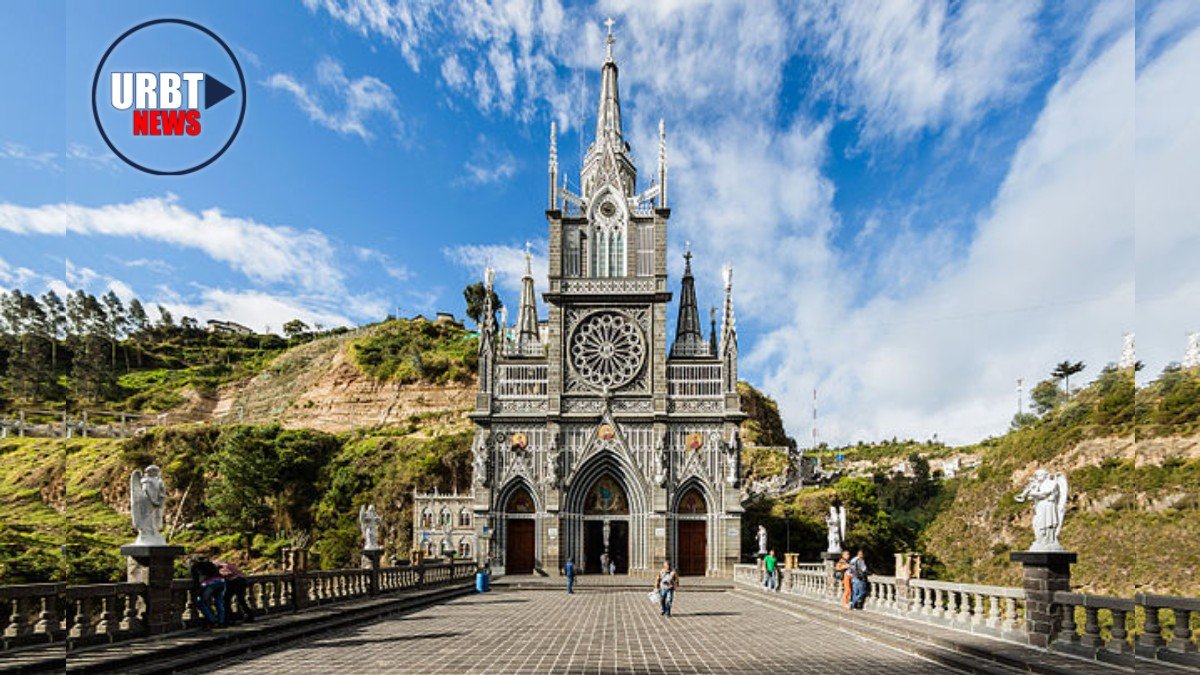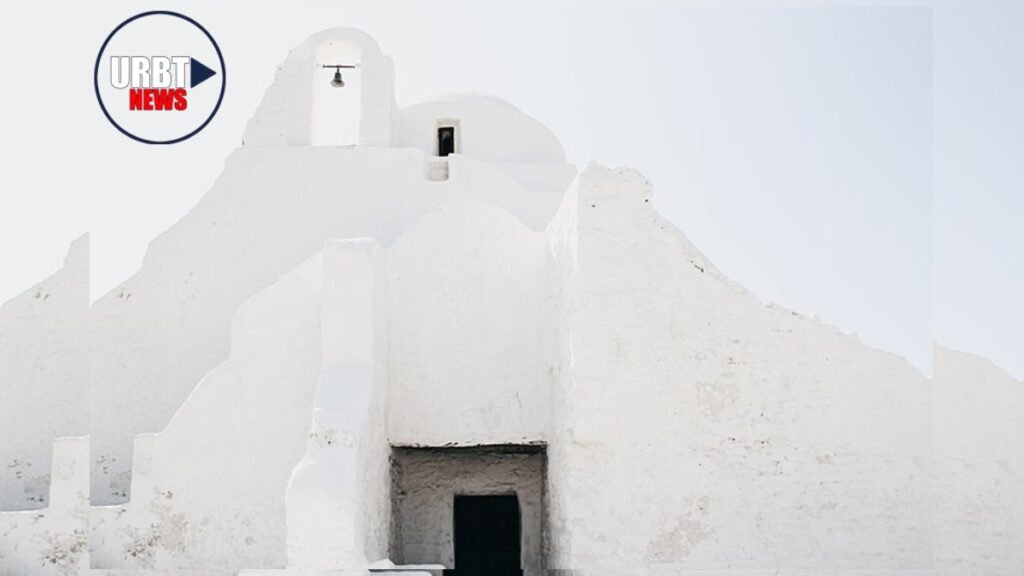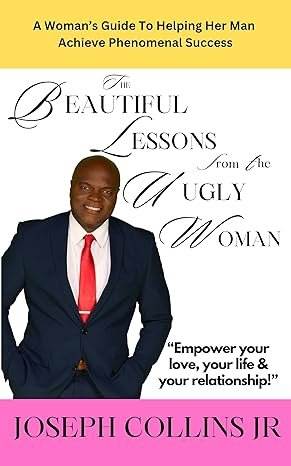
A Cult and a Religion: How to Tell the Difference
Community News
A Cult and a Religion: How to Tell the Difference
Exploring the fundamental and raw differences between cults and religion. (PICTURE: Santuario de Las Lajas, Ipiales, Colombia.)
Published
2 years agoon

A Cult and a Religion: How to Tell the Difference. In a world where individuals seek belonging, purpose, and answers, the allure of charismatic leaders and tight-knit communities can be enticing. But hidden beneath the veneer of shared beliefs and camaraderie lies a sinister reality: the dangers of cults. From psychological manipulation to tragic outcomes, this article delves into the shadow of cults, shedding light on the genuine perils that unsuspecting individuals can face. Before we dive into the downside of religious freedom, let’s take a look at the upside of religious freedom.
- Individual Autonomy– Religious freedom allows individuals to choose and practice their faith or belief system according to their conscience. It respects their autonomy and personal convictions.
- Peace and Conflict Resolution– Promoting religious freedom can contribute to peace and conflict resolution by reducing communal tensions and conflicts.
- Protection of Minorities– It helps protect minorities from discrimination and persecution, ensuring their safety and rights.
- Human Connection– Religious freedom also increases the chances of human connection and interactions. It also gives one a sense of belonging.
A cult is a group of unorthodox beliefs or practices deviating from mainstream or traditional religions. Cults all begin as a religious organization, but not all religious organizations are cults. Cults are initially led by a charismatic and authoritarian leader who employs manipulative and coercive tactics to control its members. These toxic charismatic leaders’ innuendos are to exploit, isolate, and psychologically manipulate their members for the benefit of the leader or group, sometimes leading to harm or abuse.
Healthy vs. Unhealthy Religious Leaders
Healthy Religious Leaders

PICTURE: Panagía Paraportianí Church, Greece. PHOTO: COURTESY OF: Creative Commons Attribution-Share Alike 4.0 (Dated September 23, 2020)
A healthy religious leader respects their followers’ individual beliefs and autonomy, encouraging personal spiritual growth. They display humility and do not seek excessive personal glorification or power. Healthy leaders are open to questions and discussions, fostering an environment where members can ask for clarification or express doubts. They also have ethical convictions in respecting their followers’ boundaries and privacy. They are careful not to engage in invasive or controlling behavior. Their goal is to consistently implement unity without risking harm to their members or the integrity of their faith and personal convictions. They seek to promote harmony and peace, easy conflict resolution, accountability, and encouragement of free will in matters of faith.
Unhealthy Religious Leaders

PICTURE: A section of a memorial located at the Mount Carmel Center site listing the Branch Davidians killed in the Waco massacre. Across the top, Adventist leaders from Ellen G. White to Vernon Howell (David Koresh) are identified as “The Seven Shepherds of the Advent Movements”. The Mount Carmel Center was a large group of buildings used by the Branch Davidian religious group located near Axtell, Texas, 20 miles north-east of Waco. PHOTO: COURTESY OF: Creative Commons Attribution-Share Alike 4.0 (Dated May 31, 2022)
Unhealthy leaders, or for lack of a better word, cultish leaders rely on their charisma to lure unsuspecting people into their web. The leader’s agenda is to seek and exploit, seek to control by using manipulative techniques to isolate members and implement members to obey orders without question, hesitation, or delay. The purpose of isolation is to manage and maintain other members within the group. It is part of a leader’s agenda, and it dehumanizes those outside the group.
Cult leaders and their enablers freely use fear and guilt at their leisure to maintain control over their followers. Power and control are the cycle and goals of cult leaders. When cult leaders can’t maintain control over their followers, the consequences can be as drastic as death. Cult leaders such as Charles Manson, David Koresh, Jim Jones, Marshall Applewhite, and Peter Mosley are examples of unquestioning loyalty that caused harm and death. We all desire to belong to something much bigger than ourselves.
A Faithful Reminder
It is wise to remember that we are all here to serve one another in love and that anything outside of that as motivation could potentially put others in harm’s way.
DOWNLOAD THE URBT NEWS APP A Cult and a Religion: How to Tell the Difference
You may like


Rakai’s Short-Lived Joy: Stealing Duke Dennis’ $80,000 Shoes Backfires


Intel Layoffs Hit Oregon Employees Brace for More Cuts in November and January


Snoop Dogg’s ‘Love is Love’ Kids’ Song: LGBTQ Comments Backlash?


‘Drunk Nate Silver’ Commandeers Twitter: Election Night Mayhem!


Corey Holcomb Why Did He Blast IG Models Like THIS?


Disney Ends Bid to Block Wrongful Death Suit Over Disney+ Access


